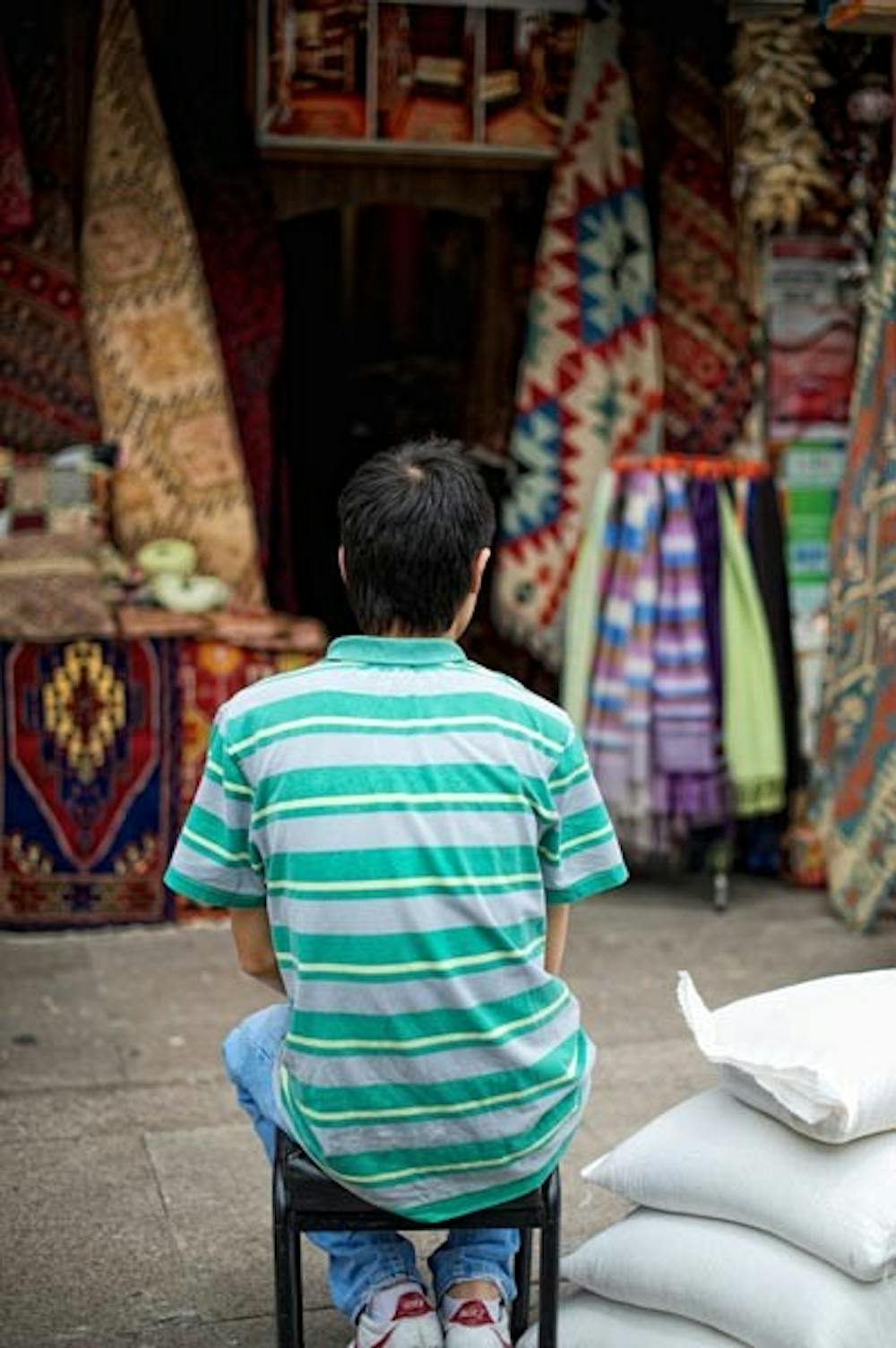There are many ways to combat global poverty, but for one ASU group, the battle begins at the bank.
ASU’s chapter of Campus Kiva is a microfinance organization that began in 2008.
The group will be launching a new lecture series Tuesday that will inform students how loaning money to citizens of underdeveloped countries through microfinance institutions — low-interest world banks — can help curb global poverty.
Kiva member and economics junior Bryan Tom, said microfinance is essentially loaning money to entrepreneurs in developing countries.
Tom said Kiva’s ASU branch is a service group that provides assistance to people living in poverty on a daily basis.
“Because there is a lack of an industrial banking sector, entrepreneurs in underdeveloped countries can’t get loans,” he said. “What Kiva does, is it provides no interest loans to these entrepreneurs, allowing them to bypass loan sharks which usually charge really high interest rates.”
Students loan money through Kiva by pooling donations received at fundraising events.
The guest speaker at the lecture series will be Megan Marvin, an ASU alumna and a member of the Los Angeles Microfinance Network.
Los Angeles Microfinance Network is a group of professionals who promote microfinance and educate the public on the impact of microfinance corporations.
Marvin will be discussing the realm of microfinance through her experiences working with international microfinance foundations.
“At the lecture I will be going into depth about microfinance and discussing economic principles which allow microfinance to function,” Marvin said in an e-mail. “I will also be discussing Grameen Bank, which is one of the most well-known and innovative microfinance banks.”
The Grameen Bank is a founding microfinance corporation that provides credit to the poor in rural Bangladesh without any collateral.
“Microfinance banks loan money to those living in poverty at a low-interest rate,” Marvin said in an e-mail. “People living in poverty don't have access to capital because moneylenders in underdeveloped countries can charge up to 100 percent interest.”
Marvin said microfinance bankers work with lenders to help them understand banking principles, and by creating a viable business plan to ensure that they will be successful in repaying loans.
“Making credit accessible gives people in underdeveloped countries the ability to have private property and to organically lift themselves out of poverty,” she said in an e-mail.
Marvin said she feels microfinance is an actively effective formula to combat global poverty.
“This is so important because it is a real solution to poverty that is based on proven economic principle,” Marvin said in an e-mail.
Tom said without microfinance institutions, poverty stricken entrepreneurs would be unable to succeed.
“Because there is usually no banking structure … they can’t buy a cow to produce milk for their family, or a plow to increase the productivity of their crops,” he said.
Tom said the average loan amount is between $200 and $1,000.
He said Kiva ASU loans are paid back within nine months to a year and have a 99.9 percent return rate.
“I don’t know anybody who has ever defaulted,” Tom said.
He said a group of entrepreneurs in a village receive a loan, and “they all work together and collaborate to make sure that nobody defaults and the loans are repaid.”
“All the money gets paid back really quickly because the entrepreneurs are making more profit,” Tom said. “That wouldn’t be possible if it were not for the no-interest banking sector available to them through microfinancing.”
Tom said Kiva’s ASU chapter has three main goals —spreading awareness of microfinance benefits, educating the public through lectures and raising funds for those in poverty.
Kiva alumni mentor Kolby Granville has made more than 650 loans through Kiva, lending more than $17,000.
“Kiva’s a really cool group that’s able to help a lot of people,” Granville said.
Granville said he sometimes suggests events and fundraisers for ASU’s Campus Kiva branch.
Granville graduated ASU in 2007 with a law degree. He currently works as an attorney.
Granville said Kiva’s ASU division has 96 members, and as of Oct. 21 has made 1,344 loans, totaling $36,700 lent.
The association is ranked sixth of 55 colleges that have Campus Kiva groups in the U.S. in total amount loaned.
Reach the reporter at tdmcknig@asu.edu.
Want to get the latest ASU news in your inbox every day? Sign up for our new e-mail newsletter.





